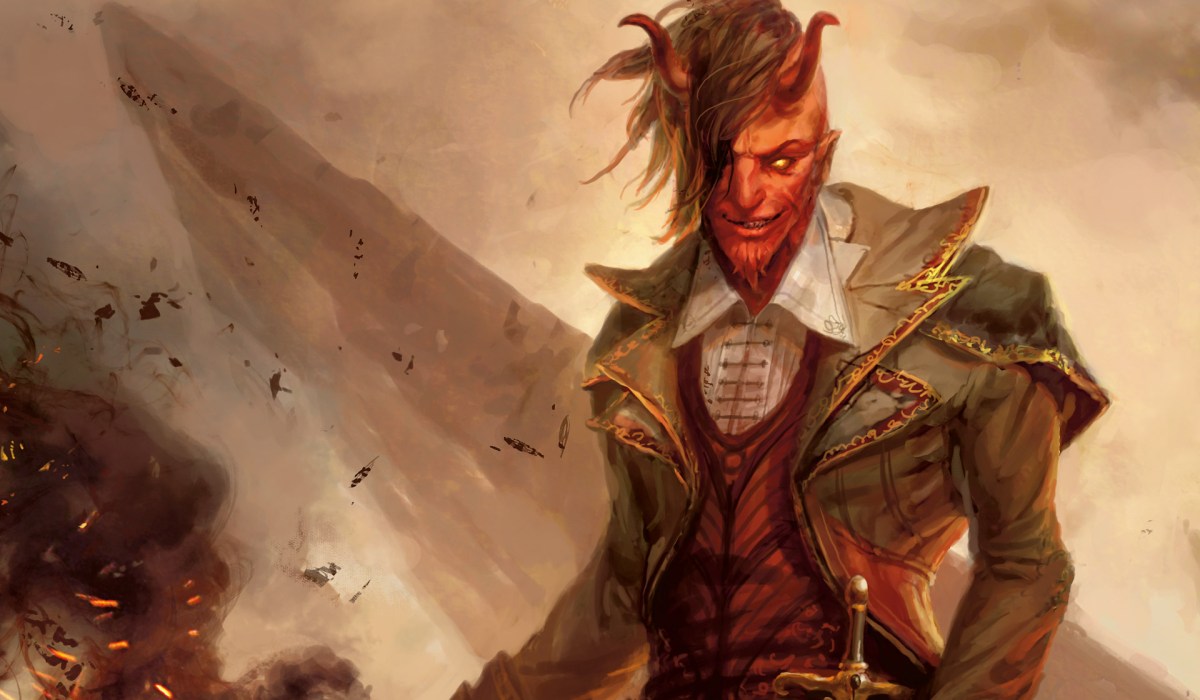
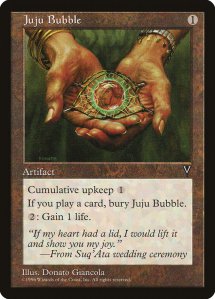
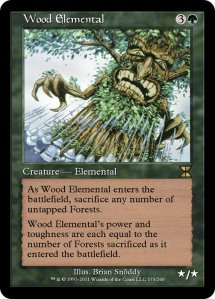
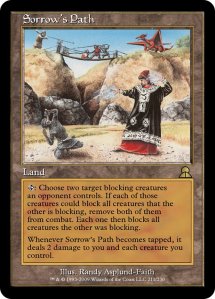
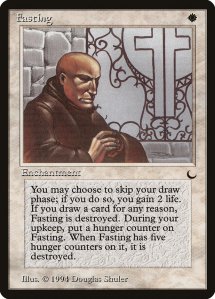
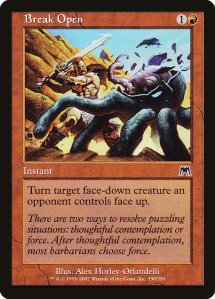
For anyone learning Magic: The Gathering, one of the toughest lessons is learning what cards are good. Card evaluation is tested in every Magic format. Draft and Sealed require quick decisions on what cards provide the best value, while Constructed places an emphasis on deep synergy and the ability to read the metagame.
In Limited, bad cards can be overly expensive spells or narrow spells with a high set-up cost. Bad Constructed cards generally have underpowered stats or don’t immediately affect the battlefield upon resolution.
Head designer Mark Rosewater said in his 2002 blog post “When Cards Go Bad” that bad cards serve an important utility in Magic. Card power is largely contextual and bad cards are important to measure player skill through card evaluation.
Traditionally bad cards can be useful in sideboards and niche strategies across all formats. Rarely is a card truly useless. The explosion of Commander as a casual eternal format opened the doors to a lot of underpowered rares and draft chaff to become key pieces in specific decks.
With that said, some cards are so bad that even Commander players struggle to find a purpose for these cards and are regularly a part of Limited Cubes that are built around awful Magic cards.
Here are the five worst Magic cards of all time.
Juju Bubble
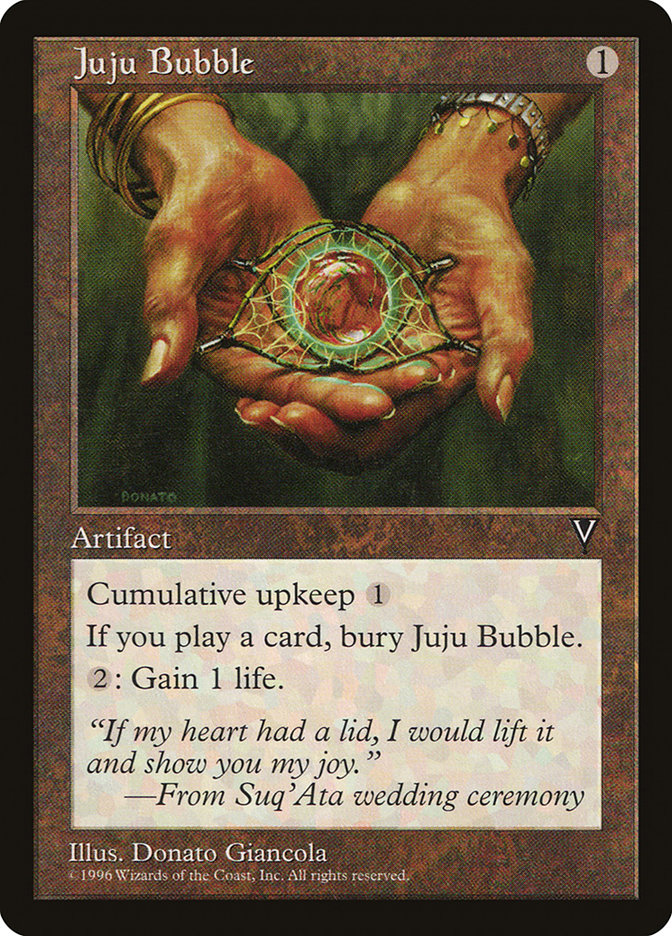
- CMC: One
- Type: Artifact
- Keyword: Cumulative Upkeep one
- First ability: When you play a card, Sacrifice Jiji Bubble.
- Second ability: Pay two mana: You gain one life.
This is a great example of a card that has an ability that isn’t worth the drawbacks. If Juju Bubble was simply a one-mana Artifact that can occasionally gain some life it’d see play as a cheap enabler of Artifact synergies. Cumulative Upkeep is what kills this card.
There are very few Cumulative Upkeep cards that are worth the cost. The amount of mana that needs to be invested to keep the card around is not worth it. If you can manage to pay the Cumulative Upkeep cost and have some mana left over to cast a spell, you can’t. If you play a card, Juju Bubble gets sacrificed. There’s really no point in ever casting this spell.
Wood Elemental
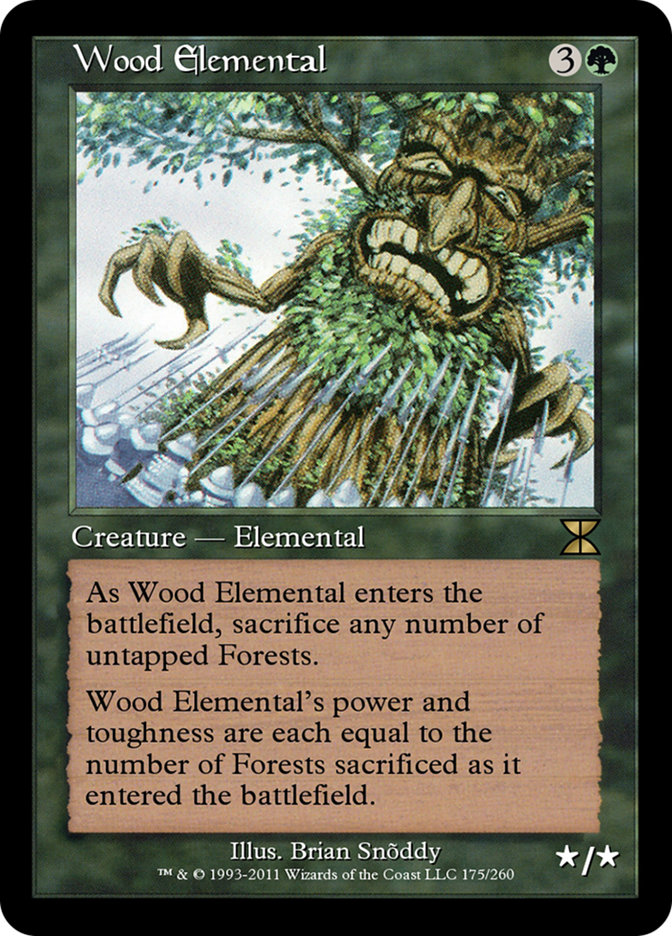
- CMC: 3(G)
- Type: Creature Elemental
- Stats: */*
- First ability: As Wood Elemental enters the battlefield, sacrifice any number of untapped Forests.
- Second ability: Wood Elemental’s power and toughness are each equal to the number of Forests sacrificed as it entered the battlefield.
Wood Elemental is a classic bad spell that costs around $50 to pick one up. Wood Elemental is mainly a bad card because of its enter the battlefield trigger. Having to sacrifice Forests on top of its four mana cost to give it power and toughness is a tough sell.
Sacrificing even two lands puts you so far behind your opponent that Wood Elemental becomes a negative asset. Wood Elemental does have a home in Commander strategies that want to put lands in the graveyard like The Gitrog Monster or Lord Windgrace decks.
Sorrow’s Path
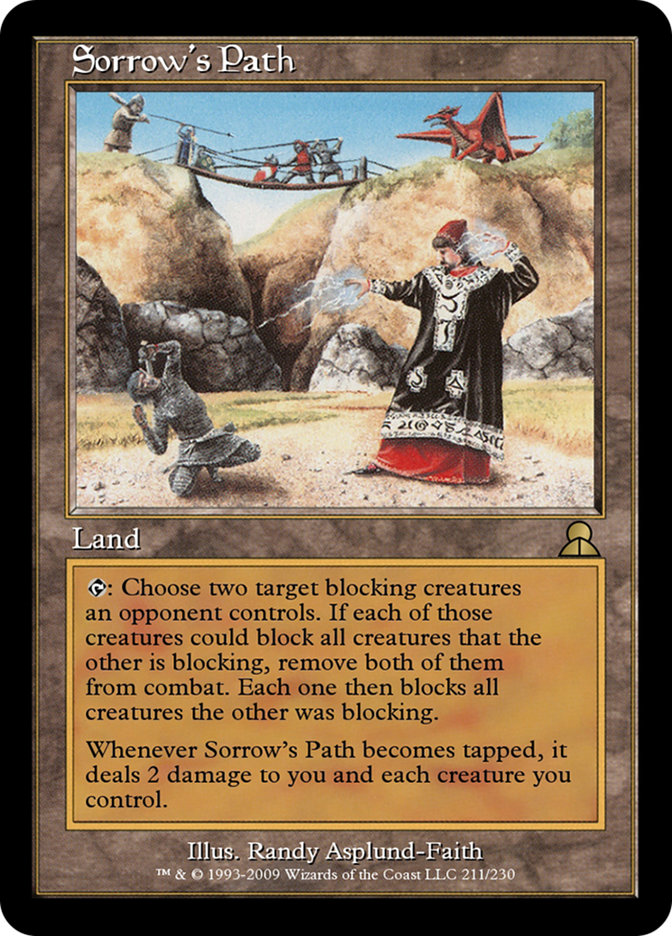
- Type: Land
- First ability: Tap: Choose two target blocking creatures an opponent controls. If each of those creatures could block all creatures that the other is blocking, remove both of them from combat. Each one then blocks all creatures the other was blocking.
- Second ability: Whenever Sorrow’s Path becomes tapped, it deals two damage to you and each creature you control.
Wizards of the Coast used to experiment with utility lands that didn’t tap for mana. Cards like Maze of Ith and Bazaar of Baghdad see extensive play and are good examples of lands that provide enough utility to outweigh the downside.
Sorrow’s Path is not one of these cards. The first ability requires so many things to go right for it to work. Even if you do use Sorrow’s Path’s ability, it might just end up a one-sided board wipe that doesn’t end in your favor. Two damage to you and your creatures is a significant drawback.
Fasting
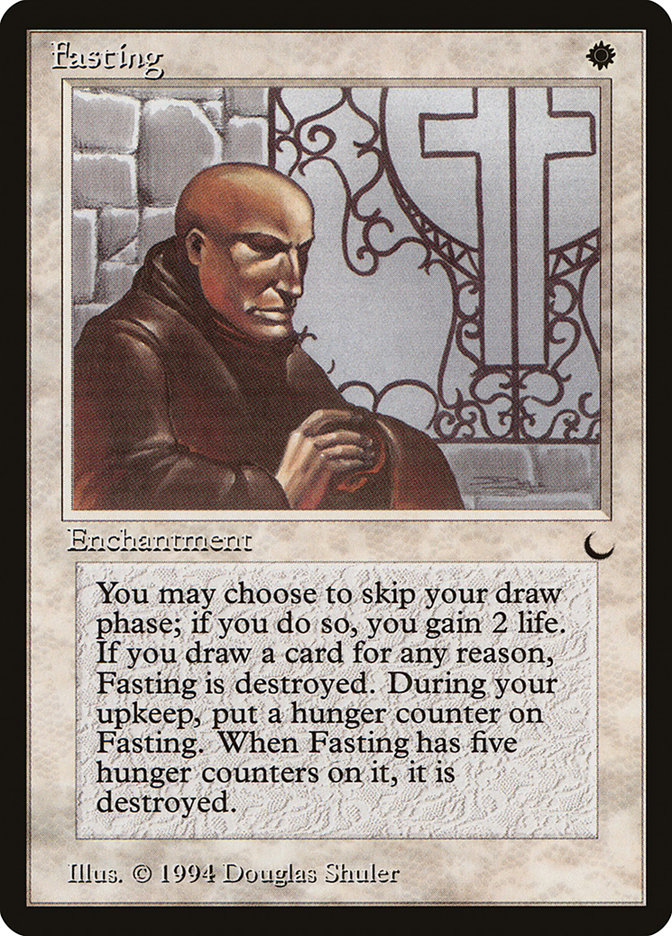
- CMC: W
- Type: Enchantment
- First ability: At the beginning of your upkeep, put a hunger counter on Fasting. Then destroy Fasting if it has five or more hunger counters on it.
- Second ability: If you would begin your draw step, you may skip that step instead. If you do, you gain two life.
- Third ability: When you draw a card, destroy Fasting.
In almost every situation it’s better to draw a card than gain two life. Instead of getting your draw step, Fasting asks you to gain two life. There’s no reason to run this spell in a White deck.
If you’re looking to take advantage of Constellation, there are plenty of one-mana enchantments with upsides. If you want to gain two life, simply attacking with a two-power creature with Lifelink is a better option.
Break Open
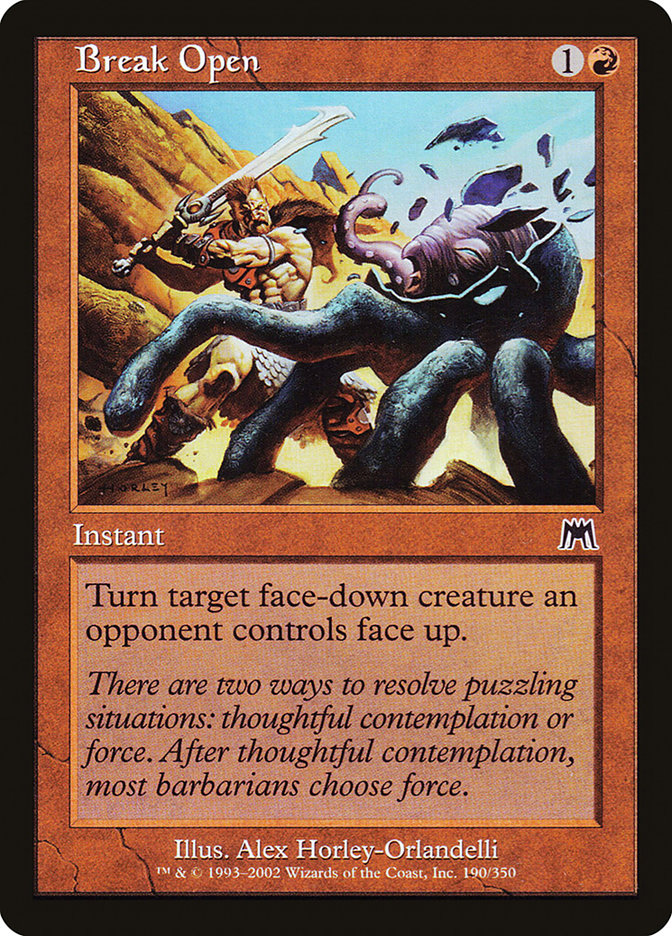
- CMC: 1(R)
- Type: Instant
- First ability: Turn target face-down creature an opponent controls face up.
There’s really no situation where Break Open is a worthwhile play. Red has a historical subtheme of random effects, and in that case Break Open is bad, but flavorful. For two mana you’re essentially paying the opponent’s Morph cost for them. Instead of dealing with the 2/2 face-down Creature, you’re flipping that card into a more powerful creature with a useful effect.

